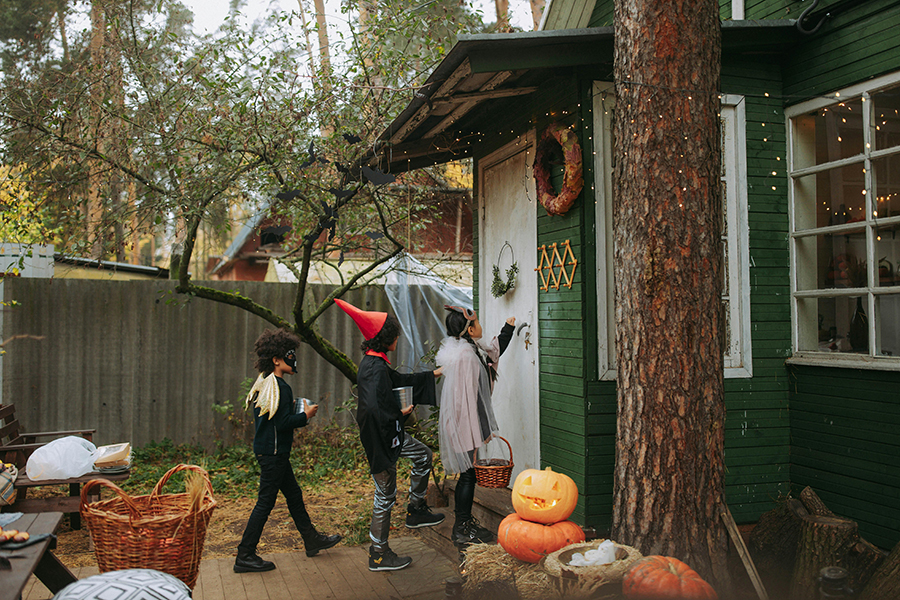Help prevent noise-induced hearing loss by learning general sound levels and how loud is too loud.
Millions of people experience noise-induced hearing loss, often without even knowing it. While avoiding standing right next to the speakers at a rock concert may be intuitive, what about the regular, everyday noises we don’t think about? Knowing general safe vs. dangerous decibel levels of familiar sounds can help you discern how loud is too loud so you can protect your ears or avoid the noise altogether.
What Decibel Levels Mean
Understanding safe vs. dangerous decibel levels can be easier when you know how decibel measurement works. The decibel (dB) scale operates by logarithmic mathematics, and it’s not as simple as 100dB is twice as loud as 50dB. When you compare sound levels to one another, you’ll find that each multiple of 10 is twice as loud as the one before. For instance, an 80dB sound is twice as loud as a 70dB sound, which itself is twice as loud as a 60dB sound.
When it comes to safe vs. dangerous decibel levels, exposure time also makes a difference in developing a risk for noise-induced hearing loss. For every 3 decibels over 85dB, safe exposure time gets cut in half—so it’s 8 hours at 85dB, but only 4 hours at 88dB, and so on. Once you get up past 115dB, there’s no safe amount of time to listen without ear protection.
Sounds with Safe Decibel Levels
An upper limit of about 70-80dB is what the EPA deems safe to listen to throughout a 24-hour period. Thus, the following sounds are relatively safe. Of course, sounds and your sensitivity vary in different situations and environments. The following levels are guidelines only and should not be considered as health advice. Check with your audiologist if you have concerns.
- 10dB: Normal breathing
- 20dB: Leaves rustling in a tree
- 30dB: Whispering nearby
- 40dB: A babbling brook, birds chirping
- 50dB: Refrigerator humming, office environment
- 60dB: Normal conversation noise
- 60-70dB: Hairdryer
- 70dB: Washing machine, TV, driving in traffic
- 75dB: Flushing toilet
- 70-80dB: Coffee grinder
- 80dB: Alarm clock, blender
Sounds with Dangerous Decibel Levels
When considering the safety level of everyday noises, the level of potential danger rapidly rises with the decibel level. The start of the danger zone for most people starts around 85dB. Avoid prolonged exposure to the following sounds, and use hearing protection whenever possible:
- 90dB: Subway train
- 95-110dB: Motorcycle
- 100dB: Factory machinery
- 105dB: Snowblower
- 110dB: Car horn, baby crying
- 110-120dB: Rock concert
- 120dB: Sirens, chainsaw
- 130dB: Jackhammer
- 140dB: Airplane taking off
- 150dB: Firecrackers
If you anticipate being exposed to any of these sounds, take steps to arm yourself with ear protection to help prevent noise-induced hearing loss. From ear plugs and ear muffs to noise-cancelling headphones and a combination of methods, there are many gadgets you can use to keep yourself safe from dangerous sounds.
For more helpful hearing loss articles, check out our blog.



